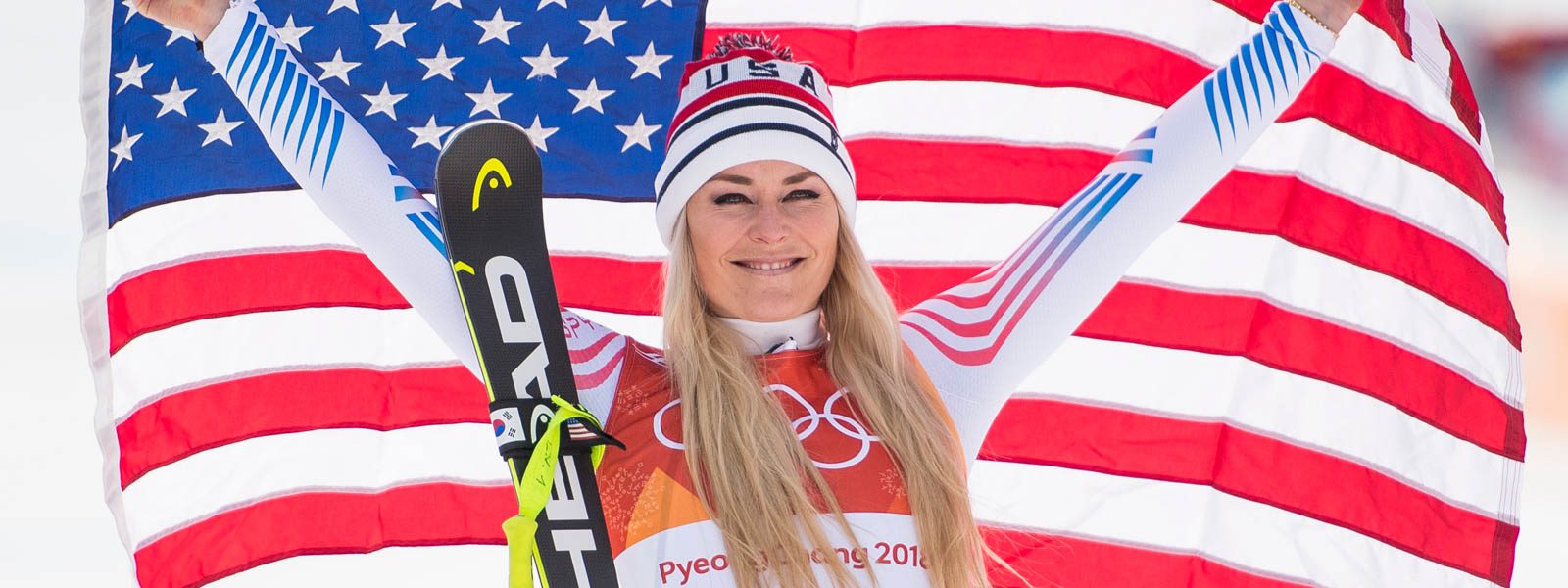FIS race director hints at changes for the World Cup
This week, FIS officials are gathered in Cancun, Mexico, to weigh the pros and cons of various proposed changes to international ski racing. Between meetings at Congress, FIS Chief Race Director Markus Waldner talked with the FIS communications team about the hot topics being addressed at this biennial event.
Can you tell us about what you have been working on since the end of the season?
Directly after World Cup Finals in St. Moritz, we started to prepare the next season with a lot of meetings and debriefings. We started with the two coordination group gatherings, first in Are, Sweden, where we’ll have the 2019 FIS Alpine World Ski Championships, and then in St. Moritz.
Next year, the World Championships in St. Moritz will be the highlight. How is the preparation work going?
World Cup Finals were very successful. It was crucial to do the right steps and to have these test events before the 2017 FIS Alpine World Ski Championships, in order to give us feedback on different matters. We fixed all the starting positions, including the reserve starts, and the finish line. A little adjustment was made to the Nations’ Team Event. It will start a little bit higher up. We also discussed several details that have to be improved like the course access. But in general, St. Moritz is on the right track and will host great World Championships next winter.
The giant slalom ski regulations have been discussed a lot. Where are we on that topic?
We had couple of meetings about the new ski regulation for giant slalom skis. We had to collect all the data, both from the original research from Salzburg and from the Trauma Center in Norway, to evaluate the feedback from athletes, teams and SRS. Fact is, there has been an evolution and the 35 meter radius skis are not working anymore – not only on the World Cup, but especially on the lower level. Things are going in the right direction now, the main stakeholders are in favor of a change. For the first time, the ski brands are on the same page, and a significant majority of the athletes – 90 percent according to a survey of the athletes’ commission – agree to the proposal to go back to 30 meters from Soelden 2017 on. One of the only barriers to this proposal is the timing of the change. Some would like to make the change in the season after the Olympics.
Several proposals came in for a new starting order in the speed disciplines. What’s the situation right now?
We worked very close with the TV directors on this topic. We have to change something in order to extend the TV audience time and we got four proposals. We evaluated them, went into detail, and discussed all the consequences of each option. After several meetings, it seems that everybody is supporting the Austrian proposal: athletes (ranked) 1-10 WCSL choose between bib 1-20 (odd or even, according to the choice of the first athlete), athletes 11-20 WCSL are drawn between the remaining bibs between 1-20, and athletes 21-30 WCSL are drawn between bib 21-30. Discussions are going on, and we’ll see on Wednesday what the decision is.
As always, the calendar is an important matter, especially with the cancellation of the alpine combined in Kitzbuehel. What are the reasons for this change?
One of the concerns after the tough season we had was the Friday program in Kitzbuehel. With two races in one day, a super-G, a late slalom start, a full awards and bib draw program in the evening, there is no time for the athletes to recover and they cannot be in their best shape on Saturday for the most tough and difficult downhill.
After the crashes last season, we evaluated all the reasons and are trying to work on the issues. We will add floodlight, we will make sure that the super-G doesn’t cross the downhill race line in that section, and we will close that part of the track during inspection. We still think it was good enough to race. Other athletes showed it, but we need to consider the feedback from the athletes that mention that the busy day on Friday doesn’t help them to be ready in their best shape on Saturday.
To avoid this critical situation and relieve the athletes, the organizing committee, the Austrian Ski Association and the FIS decided to cancel the alpine combined on Friday and keep only the super-G on Friday’s schedule. We really tried to keep the combined, especially since it’s a tradition in Kitzbuehel, and we analyzed all the options, but we couldn’t find a satisfying plan.
So there was only one alpine combined left on the calendar. Did you find an organizer that can host the canceled race?
Based on the calendar for the next two years, the wish was to schedule one alpine combined before Christmas, but it wasn’t possible. It’s not easy to find the ideal site, because if you consider course preparation, you need to schedule the alpine combined after the downhill and on two separate courses. In the end, we decided to do it in Santa Caterina, Italy, with one super-G run and one slalom run. Thanks to an adaptation of the rule, it even looks like we can award an alpine combined crystal globe at the end of the season with two held events.
Release courtesy of FIS





















